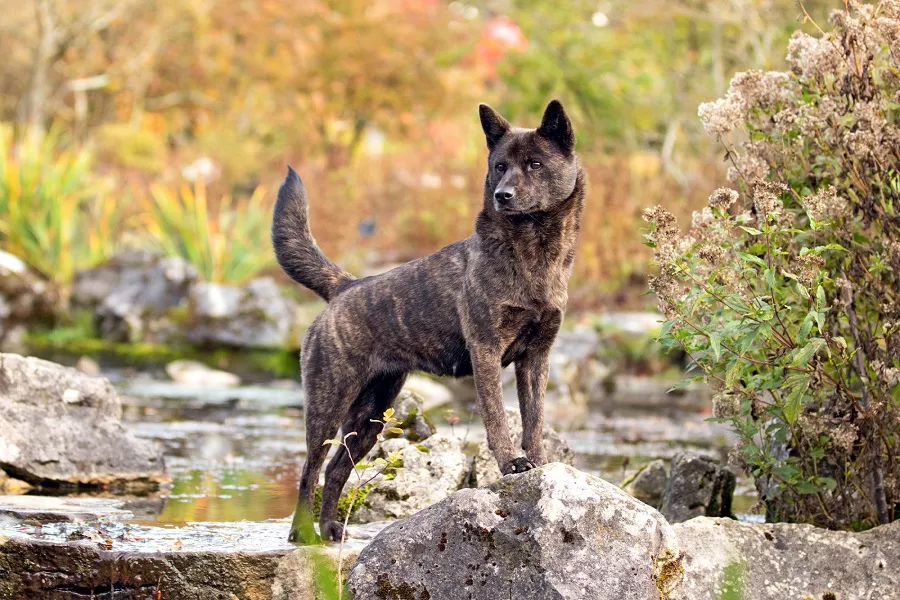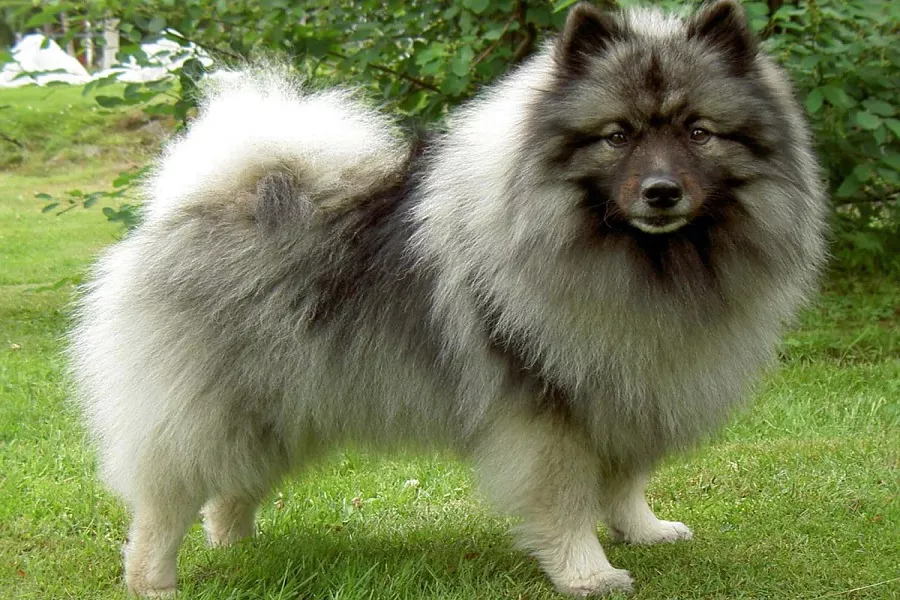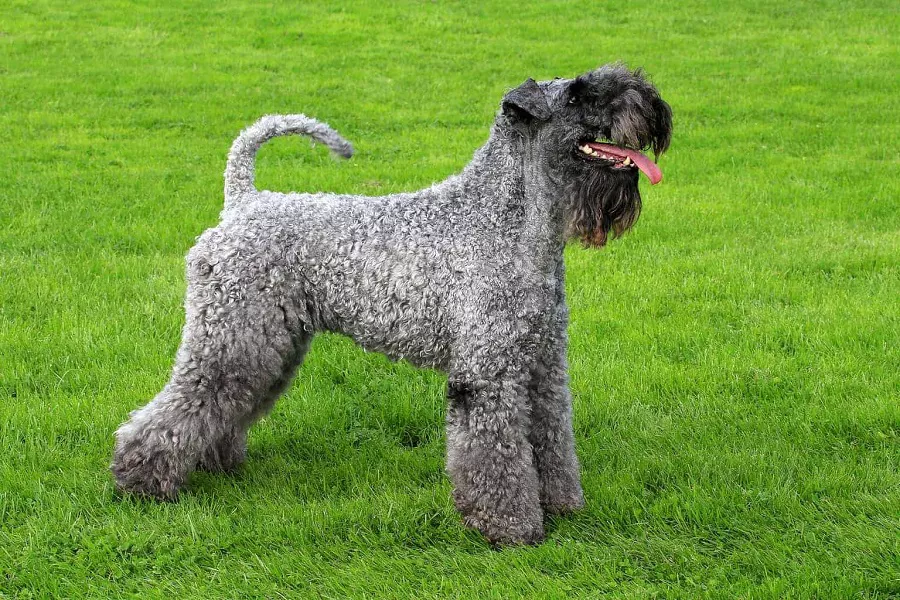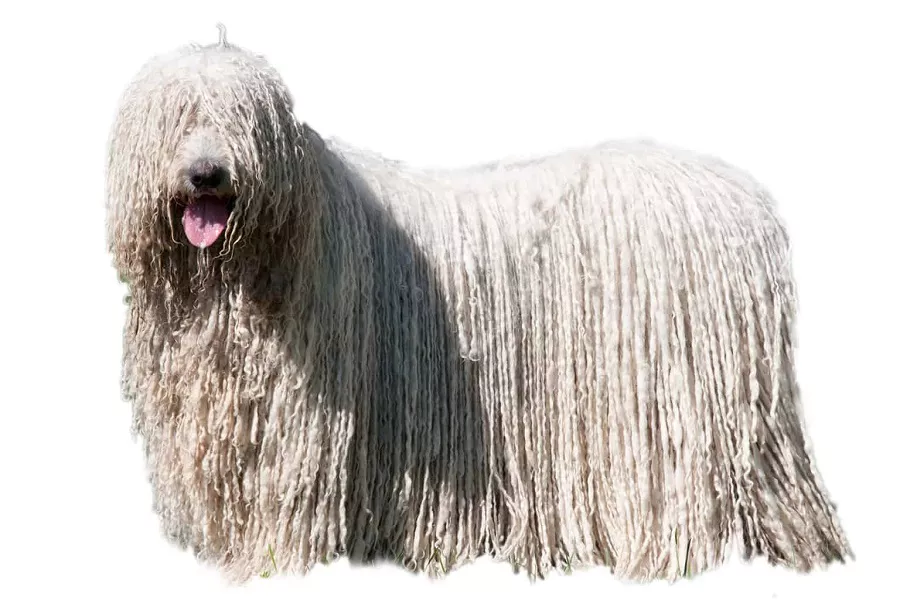What is a karelian bear dog?
Karelian bear dog, commonly known as Kagaran Kahugolia dog, English name KARELIAN BEAR DOG, originated in Finland, originated in the 17th century. It is a working dog with strong, sharp claws and strong energy. It was originally used to hunt large animals, mainly hunting large animals and as companions. Height: average height 48-58 cm, weight: average weight 20-23 kg, personality: brave, firm. The Karelian bear dog is more numerous than the Russian Laika outside of the country. Used to hunt moose in Finland, Sweden, and Norway, the number has been decreasing in the 1960s, then increased, and is now kept in North America and many European countries.
What does a karelian bear dog look like?
Height: 40cm~58cm
Weight: 20 kg to 23 kg.
Head: Wedge-shaped head. There are white markings on the face.
Ears: Small ears covered with dense, warm fur.
Eyes: Small eyes are focused.
Nose: Black nose.
Chin: Strong jaw.
Body: Strong pectoral muscles, round toes high and thick.
Limbs: The thighs are covered with thick fur.
Tail: The tail is curled back and up into a typical downed dog arc, with long hair on the tail and a white stripe at the end of the tail, which is very popular. There are also truncated ones.
Coat: Thick coat with thick protective down.
Coat Color: Long black and white.
karelian bear dog living habits
The Karelian Bear Dog is a strong, sharp-clad, energetic dog, willing to take part in the hunt of any animal, and like the Russian-European Laika, this breed has a distinct black and white coat, unlike the northern woolly dogs.
They are not easy companion dogs and special training is required for this purpose.
Not suitable for children’s partners, not suitable for urban life, not easy to train, not easy to get along with other dogs, brave and strong, independent and stable, vigilant and cold to strangers, sensitive to smell, ideal guard dog, excellent guard dog.
karelian bear dog
The dog’s competitive ability and competitive awareness are also quite strong. Moderate exercise can make your dog maintain lasting endurance, strong muscles, flexible footwork and bounce, and lightness and speed. Exercise should be moderate, that is, to take into account the dog’s age, breed, physique, feeding and nutrition and other comprehensive factors, increase or decrease as appropriate. And because of the different purposes of sports, they are different, and they are basically divided into 3 types:
1. Puppies under the age of 6 months, with delicate bones and insufficient strength, are suitable for rolling and jumping freely. This can accelerate blood circulation, promote normal development, and play a role in health care. Generally do this type of exercise 10-15 minutes before eating in the morning and evening.
2. Dogs over 6 months old and under one year old are a transitional period to maturity and stability, and the exercise during this period must not be delayed. The so-called labor is to train it to do a little simple title transfer work. At this time, the general working dog already needs to learn various working skills and master the basic movement essentials. The process of receiving training and the process of most family dogs being held on the street by the owner can be regarded as the labor process, that is, the owner pays a certain amount of labor to help the dog complete the sports tasks, mainly skill training.
3. Dogs over one year old are adult dogs, their physical development has matured, and physical exercise begins. At this time, don’t worry about exhausting your dog, it is best to train fast running and jumping obstacles in the open field. But it can’t be without rules, otherwise, it will easily lead to physical dysfunction and metabolic disorders.
Reminder: For more knowledge about dog feeding, dog training, dog grooming, dog breeding, please pay attention to: mtedr.com, providing you with different kinds of dogs.


























